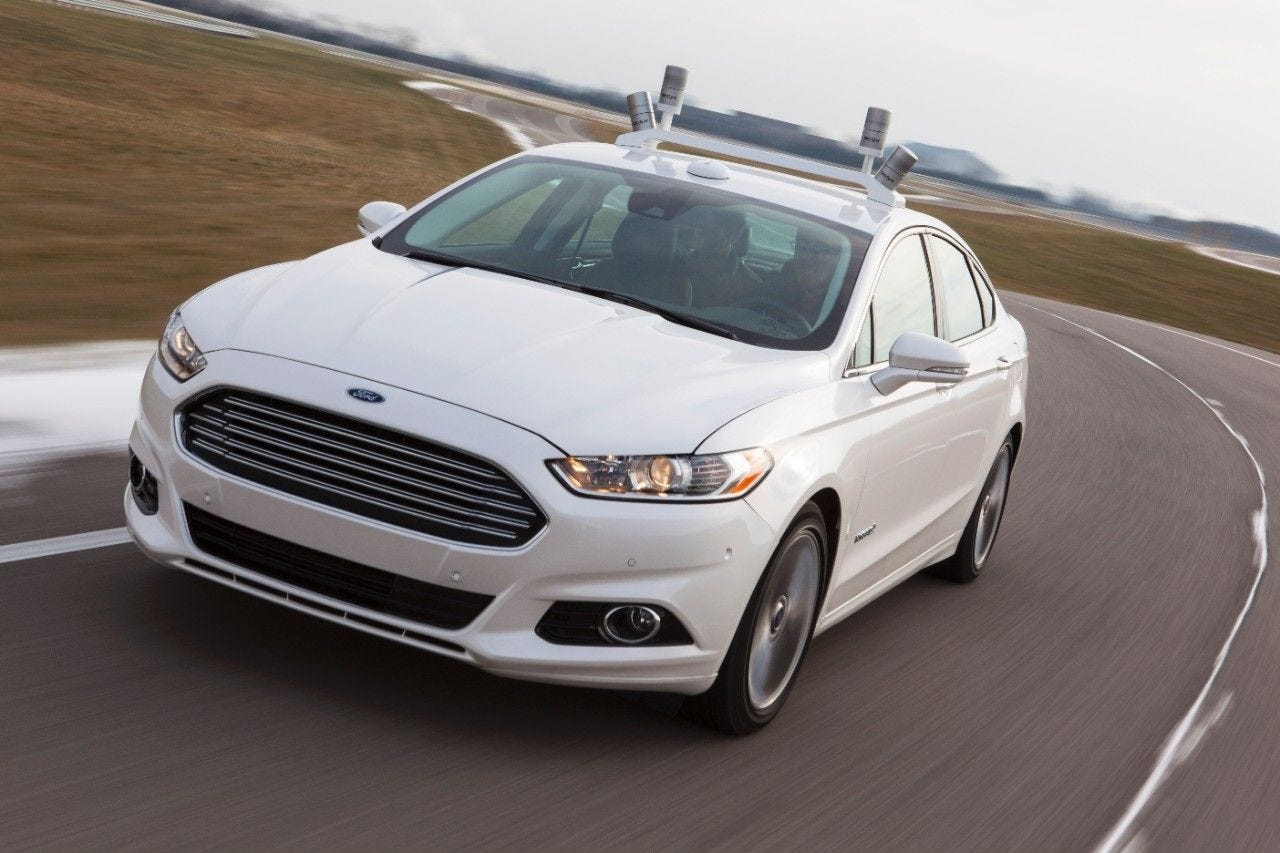How TomTom is plotting a route into US driverless car industry

US car makers such as Ford have been testing driverless tech for years.
Just as the traditional US automotive industry and newcomers such as Google are testing autonomous cars, Amsterdam-based navigation firm TomTom has recently released automated 3D driving maps for the famous auto-manufacturing states of California and Michigan -- a move with strategic significance.
TomTom says it's no accident that the 3D highly-automated driving maps, which enable a self-driving vehicle to navigate beyond sensor range, target states that serve as testing grounds for driverless cars.
Traditional automakers General Motors and Ford, both based in Michigan, have shown interest in automated vehicles, and Palo Alto-based Tesla has already upgraded the Model S with automated driving features.
Given last month's $500m General Motors-Lyft partnership as well as speculation about a Google-Ford collaboration, it looks like US car manufacturers are ready to invest more in highly-automated driving than ever before.
In that light, TomTom's highly-automated driving, or HAD, maps can been viewed as a pitch to US automakers to get them to pick TomTom as their map supplier.
TomTom CEO Harold Goddijn openly admitted last month he was looking to join forces with companies in the automated car industry.
"TomTom is more excited than ever about the prospect of partnering with members of the HAD ecosystem to expedite the innovation that will transform the automotive industry and the way we drive," Goddijn said in a statement.
A partnership with an automaker would also bolster TomTom's collaboration with Uber. The mobile ride-hailing firm currently sponsors driverless car research at Carnegie Mellon's robotics institute in Pittsburgh, but there are no details yet on who would produce Uber-backed automated vehicles.
German automakers already know that buying the licenses to access these specialized 3D maps is integral to their research and development. In August, a consortium of German automakers announced that it would buy the Berlin-based digital mapmaker HERE from Nokia. Nokia agreed to sell HERE to Daimler, Audi, and BMW for €2.8bn.
While German researchers and automakers have been actively developing automated vehicles for years, it seems that HERE and TomTom are both aiming to acquire a piece of the US's future driverless car market.
In July, HERE released high-definition HAD maps for portions of the San Francisco Bay area, Michigan, Germany, and France. HERE mapped out areas that contain known test tracks, like the highways near Google headquarters and the Detroit-based carmakers.
A few months later, in September, TomTom released HAD maps for the entire German Autobahn network of highways, which spans 24,000km. The California and Michigan HAD maps span 25,000km.
"Automated driving will need maps," according to Christoph Stiller, a professor at the Karlsruhe Institute of Technology's School of Optics and Photonics, who has been working on driverless car technology for 20 years.
"The maps that we have today need significant changes. They need significant boosts in reliability to be useful in automated driving," he says.
TomTom's HAD maps are designed to integrate data from the car's sensors to keep the map up to date and maintain a precise, real-time position of the car.
New information about changes in road conditions can be reported in real time. And TomTom's new data-processing technology, called RoadDNA, is designed to render the dense 3D visual data quickly enough to maintain a precise reading of the car's global position at high speeds.
Even without a partnership with a major car brand, TomTom is already contributing to new development in the automated car industry.
In July, TomTom announced a formal collaboration with the German automotive parts supplier Bosch. TomTom is supplying Bosch with HAD maps for its automated driving tests in California and Germany. While Bosch already had access to TomTom's HAD maps, TomTom is now opening up licensing opportunities for its HAD maps to any company.
Whether US automakers are ready to partner with a digital map company is another question. But the automated car movement is progressing rapidly, with national governments in the US and in Europe pledging to make financial investments to accelerate its development.
In January, the Obama administration proposed spending $4bn to support the automated car industry.
"It's time now. The developments are running," Stiller says. "I would predict that in less than the next five years, you'll be able to read a newspaper while your car is driving on the highway."